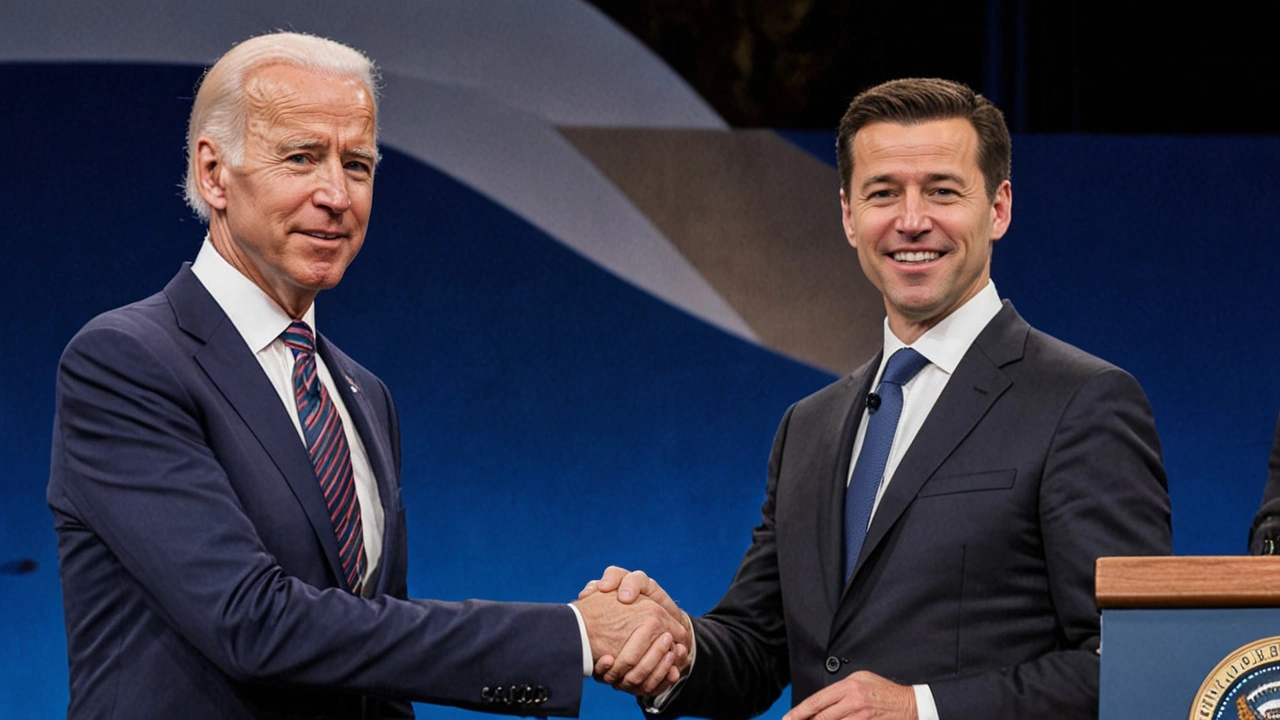NATO gaffe: what it is and why you should care
A NATO gaffe is more than an awkward headline. It can be a misstatement, a leaked document, a wrong map, or a poorly worded press release that changes how countries see each other. When NATO slips up, the fallout can be fast — confusion on the ground, anger in capitals, and a new narrative on social media. Want to know how these mistakes matter for Africa and how to follow them? Read on.
How NATO gaffes happen
Most gaffes come from simple causes: human error, rushed communications, or unvetted leaks. A spokesperson might give a premature detail at a press conference. A draft document can appear online by mistake. Or a public map may label borders badly. Those errors look small, but they get amplified by news wires, politicians, and influencers.
Another common source is translation. NATO works across languages and time zones. A phrase that sounds technical in English can be read as hostile or dismissive elsewhere. That misunderstanding can fuel protests or diplomatic notes — especially in countries already sensitive to foreign involvement.
Why a NATO gaffe matters for Africa
Africa has growing security, economic, and political ties with NATO members. A gaffe can shift local debates about foreign bases, peacekeeping, or military aid. For example, a leaked note suggesting troop movements or base expansion could spark public outcry or force a government to explain its position. Even small mistakes can give political opponents new fuel in election seasons.
Beyond politics, gaffes affect media trust. When international organisations make visible mistakes, local audiences may become more skeptical of foreign reporting and more likely to believe alternative narratives — sometimes false ones. That makes accurate verification more important than ever.
What to watch and how to verify
Spotting a real gaffe is a skill. First, check primary sources: NATO’s press office, official statements from the country involved, and trusted news agencies like Reuters or AP. Use reverse-image search on suspicious images. Look for timestamps and archived links. If the claim spreads only on social media or partisan sites, treat it cautiously.
Watch how institutions respond. A genuine NATO error often leads to a correction, apology, or clarification within hours or days. If there’s silence or contradicting messages, that’s a red flag the story is still unresolved. Track follow-ups rather than sharing the initial claim immediately.
Want daily updates without the noise? Follow reputable outlets and set alerts for corrections and official briefings. We’ll cover major NATO gaffes that affect Africa, explain why they matter, and point you to the original documents so you can judge for yourself. Stay skeptical, check sources, and keep an eye on the next statement — that’s where the real story often appears.
Zelensky Defuses Biden's 'President Putin' Slip with Grace and Poise
Ukrainian President Volodymyr Zelensky has skillfully downplayed President Biden's error in addressing him as 'President Putin' during a NATO briefing. Highlighting U.S. support for Ukraine, Zelensky's measured response at the Shannon airport underscores the importance of focusing on the larger geopolitical context rather than minor slip-ups.
